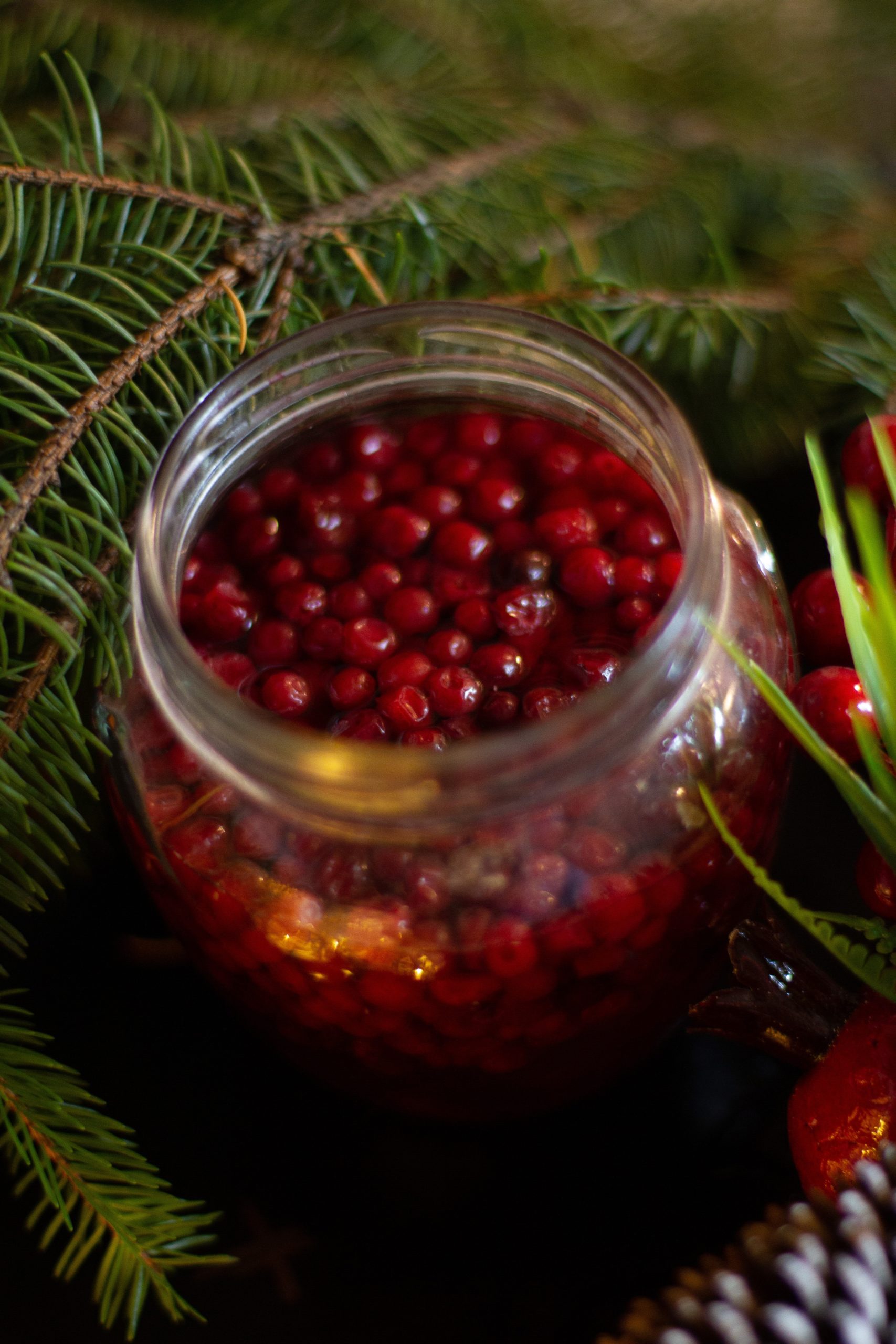Lingonberries are a type of small, tart red berry that is native to Scandinavia and other parts of Northern Europe.
These berries have been used for centuries in traditional Nordic cuisine, and more recently, they have become popular in North America as well.
What Are Lingonberry
Lingonberry plants are low-growing shrubs that are native to boreal forests of the Northern Hemisphere.
These plants are also known as mountain cranberries, foxberries, and partridge berries.
Lingonberries are a member of the Ericaceae family, which also includes blueberries and Cranberries.
Benefits Of Lingonberry
- Lingonberry plants have small, dark green leaves and red berries. The berries are tart and acidic, and they are often used to make jams, jellies, and sauces.
- Lingonberries are high in antioxidants and vitamins C and K.
- They also contain compounds that may help to prevent urinary tract infections.
- Lingonberry plants prefer cool climates and well-drained soils. They can be grown in full sun or partial shade.
- Lingonberries are tolerant of frost and can even survive temperatures as low as -40 degrees Fahrenheit.
- Lingonberry plants are relatively easy to care for. They do not require much fertilizer or pruning. However, they should be mulched in the winter to protect the roots from cold weather.
- Lingonberries are a delicious way to add flavor and nutrition to your diet. Try adding them to pancakes, oatmeal, yogurt, or salads. You can also use them in place of cranberries in recipes. Or, enjoy them straight off the bush
- Lingonberries are rich in antioxidants and vitamins, making them a healthy addition to any diet. They are also relatively low in sugar, so they can be a good choice for people who are trying to watch their sugar intake.
- Additionally, lingonberries have shown promise in preliminary studies as a natural treatment for various health conditions, such as urinary tract infections and diabetes.
If you’re looking for a delicious way to add more fruits and vegetables to your diet, try incorporating lingonberries into your meals and snacks.
Here are some ideas on how to do so:
- Add lingonberries to yogurt or oatmeal for a boost of flavor and nutrition.
- Make a lingonberry sauce or jam to top off meats, pancakes, or waffles.
- Toss fresh or frozen lingonberries into salads for a pop of color and flavor.
- Use lingonberry juice as a base for making cocktails or mocktails.
- Lingonberry Powder can be added to hot or cold tea.
Whether you’re enjoying them fresh, frozen, or in sauces and jams, lingonberries are a very delicious and healthy way to add more fruit to your diet. So go ahead and give them a try!
